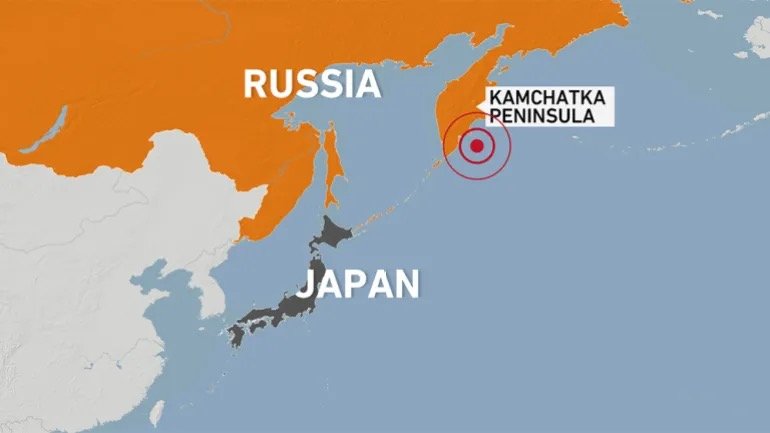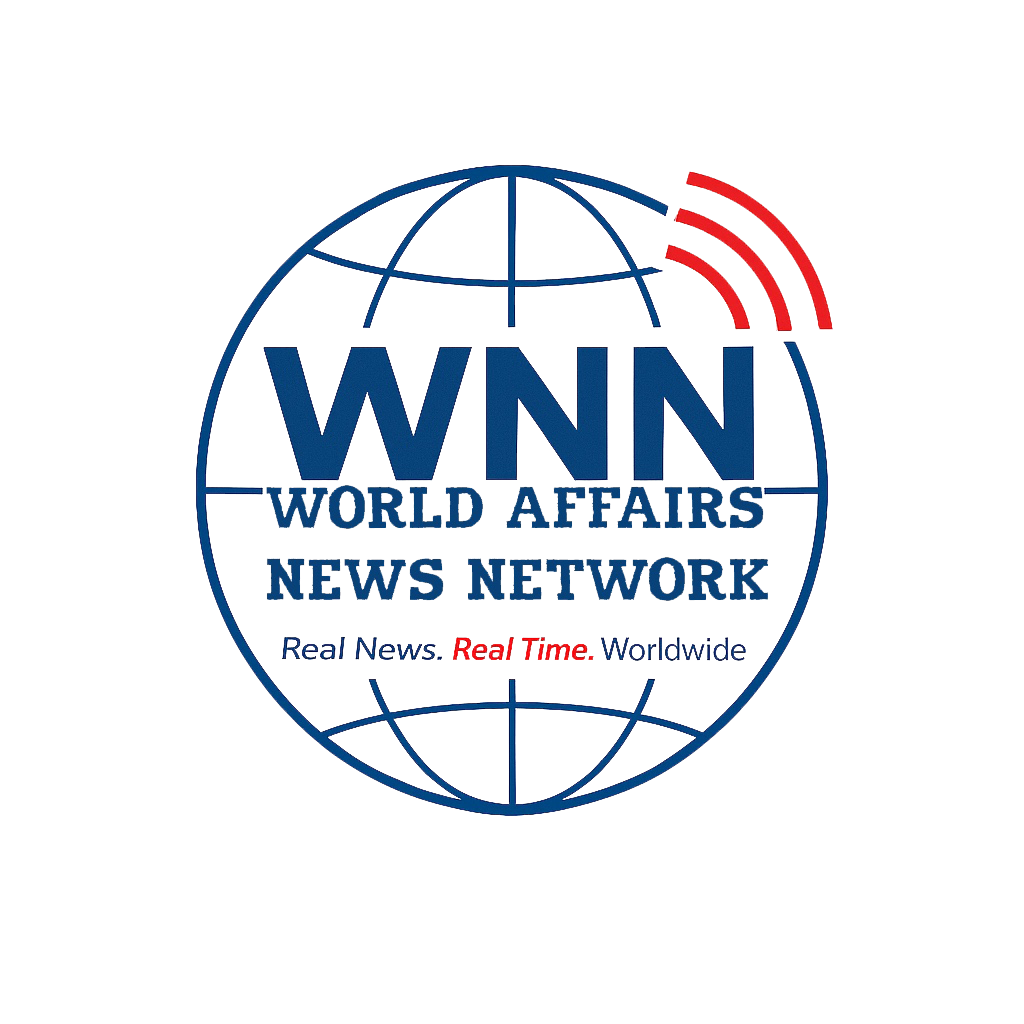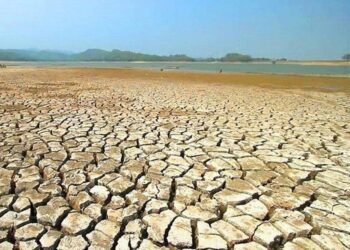KAMCHATKA: A massive 8.8-magnitude earthquake struck off Russia’s Kamchatka Peninsula on Wednesday, triggering widespread panic and prompting tsunami warnings and evacuations across the Pacific Rim—from Japan and Hawaii to California and British Columbia. The quake, centered just 119 kilometers southeast of Petropavlovsk-Kamchatsky, was shallow at only 19.3 kilometers deep, amplifying its destructive force. Tremors lasted several minutes, sending thousands scrambling out of buildings and toward higher ground.
“It felt like the walls were going to fall down,” said Yaroslav, 25, a resident of Petropavlovsk. “The ground didn’t stop shaking for at least three minutes.”
Videos released by Kamchatka’s health ministry showed surgical teams continuing operations as medical equipment swayed around them. Russia’s emergency services reported that tsunami waves dragged fishing boats from docks, submerged shorelines in towns such as Severo-Kurilsk, and flooded a fish processing plant. Verified drone footage revealed entire neighborhoods surrounded by seawater, which later receded, leaving behind damaged roads, piers, and coastal infrastructure.

Governor Vladimir Solodov called it “the strongest earthquake in decades.” Russian seismologists confirmed it was the most powerful to hit the region since the devastating 1952 quake.
The Pacific Tsunami Warning Center issued urgent alerts that triggered evacuations in Hawaii. Waves as high as 1.7 meters reached parts of the Hawaiian coast. The U.S. Coast Guard directed ships to leave ports, and residents were instructed to head for higher ground or move above the fourth floor. Honolulu International Airport temporarily suspended flights, though operations resumed later, while Maui’s main airport remained closed with passengers sheltering in place.
Farther east, tsunami waves nearly half a meter high reached California, and smaller waves were recorded in British Columbia, Canada.
In Japan, where memories of the 2011 Tōhoku earthquake and tsunami remain vivid, authorities responded swiftly. Coastal evacuation orders were issued within minutes, and as a precaution, the Fukushima nuclear plant — the site of the 2011 meltdown — was temporarily cleared. NHK broadcast footage of people seeking refuge on rooftops and fishing vessels racing out to sea to avoid damage. The Japan Meteorological Agency reported three tsunami waves, the largest measuring 1.3 meters.
Tragedy struck in Japan’s Mie prefecture, where a 58-year-old woman died when her car plunged off a cliff as she tried to escape the approaching waves. Japan’s Chief Cabinet Secretary Yoshimasa Hayashi confirmed there were no widespread injuries or structural damage, and nuclear facilities remained stable. Automaker Nissan halted production at multiple factories to ensure employee safety.
The U.S. Tsunami Warning System projected waves over 3 meters for parts of Russia, northern Hawaii, and Ecuador, and 1–3 meters for areas including Japan, Chile, and the Solomon Islands. In Severo-Kurilsk, Russia, tsunami waves exceeding 5 meters flooded coastal neighborhoods. The local mayor advised residents to inspect their homes for damage and avoid using gas appliances until safety checks could be conducted.
The Kamchatka quake occurred along the Pacific Ring of Fire, one of the world’s most active seismic belts. While inland damage was limited, the shallow depth of the epicenter intensified the shaking. Russia’s emergency ministry noted minor injuries and damage in some facilities, including a kindergarten. Aftershocks are ongoing, though geophysicists currently do not anticipate more severe quakes.
Danila Chebrov, head of Kamchatka’s Geophysical Service, said the epicenter’s geological features likely prevented a larger catastrophe. “The shaking was strong but not deadly inland,” he noted.
Emergency coordination remains underway across the Pacific, with Russia, the U.S., Japan, and Canada working through joint monitoring centers to assess risk and keep alert systems operational. The quake has reignited debate about infrastructure vulnerability, particularly around coastal nuclear plants, ports, and urban centers in high-risk zones.
Experts say the disaster underscores the need for stronger regional preparedness, faster early-warning dissemination, and reinforced safety protocols.
— WNN Desk





















